Construction projects are intricate endeavors that demand meticulous planning, coordination, and execution. Successfully managing a construction project involves overseeing various aspects, including budgeting, scheduling, resource allocation, and risk management. In this comprehensive guide, we will delve into the key principles and strategies to ensure the smooth and successful management of a construction project.
Project Planning
The foundation of successful construction project management lies in thorough planning. A well-structured plan provides a roadmap for the project, detailing the scope, objectives, timelines, and resource requirements.
The planning phase involves:
- Defining Project Scope: Clearly outline the project’s goals, deliverables, and constraints to establish a solid foundation for all subsequent activities.
- Establishing Objectives: Set specific, measurable, achievable, relevant, and time-bound (SMART) objectives to guide the project team toward success.
Creating a Work Breakdown Structure (WBS): Break down the project into smaller, manageable tasks to facilitate better organization and resource allocation.
Developing a Project Schedule: Utilize project management tools to create a realistic timeline, identifying critical milestones and dependencies.
- Resource Allocation: Assign resources efficiently, considering labor, equipment, materials, and subcontractors, to meet project requirements without exceeding the budget
Budgeting and Cost Control
Effective budgeting and cost control are crucial components of construction project management. Establishing a realistic budget and diligently monitoring expenses can prevent financial overruns.
Key steps include:
- Accurate Cost Estimation: Conduct a detailed cost estimation, considering all project elements, to develop a realistic budget.
- Contingency Planning: Include contingency funds in the budget to account for unforeseen circumstances or changes in project scope.
- Regular Cost Monitoring: Implement a robust system for tracking expenditures against the budget, enabling early identification and resolution of financial issues.
- Change Management: Establish a formal process for documenting and approving changes to the project scope, ensuring that modifications align with the budget.
Project Scheduling
A well-constructed schedule is instrumental in ensuring that a construction project stays on track and is completed within the designated timeframe.
Consider the following aspects:
- Critical Path Analysis: Identify the critical path – the sequence of tasks that determines the project’s overall duration – to prioritize activities and avoid delays.
- Gantt Charts: Utilize Gantt charts to visually represent project timelines, dependencies, and progress, facilitating effective communication with stakeholders.
- Resource Leveling: Optimize resource utilization by smoothing out peaks and valleys in the project schedule, preventing bottlenecks and delays.
- Regular Updates: Periodically review and update the project schedule, taking into account any changes in scope, resources, or external factors.
Communication and Collaboration
Effective communication is the linchpin of successful construction project management. Establishing clear channels for communication and fostering collaboration among team members, stakeholders, and subcontractors is imperative.
Consider the following:
- Stakeholder Engagement: Identify and engage key stakeholders early in the project to ensure alignment with expectations and requirements.
- Regular Meetings: Conduct regular team meetings to discuss progress, address concerns, and foster a collaborative atmosphere.
- Communication Protocols: Establish clear communication protocols, including reporting structures, document sharing, and issue resolution processes.
- Technology Integration: Leverage project management software and communication tools to streamline collaboration and enhance transparency.
Risk Management
Construction projects are inherently prone to uncertainties and risks. Implementing a robust risk management strategy is essential to identify, assess, and mitigate potential challenges.
Key considerations include:
Risk Identification: Conduct a thorough risk analysis to identify potential threats to the project, considering both internal and external factors.
Risk Assessment: Evaluate the impact and likelihood of identified risks to prioritize mitigation efforts and allocate resources effectively.
- Contingency Planning: Develop contingency plans for high-impact risks, outlining specific actions to be taken if these risks materialize.
Continuous Monitoring: Regularly review and update the risk register throughout the project lifecycle, adapting strategies based on changing circumstances.
Quality Management
Ensuring the quality of work is a fundamental aspect of construction project management. Adhering to industry standards and best practices can prevent defects and rework, ultimately saving time and resources.
Consider the following quality management practices:
Quality Standards: Clearly define quality standards and specifications for each aspect of the project, including materials, workmanship, and safety.
- Quality Control Inspections: Conduct regular inspections to verify that work meets established quality standards, identifying and rectifying issues promptly.
- Documentation: Maintain detailed records of quality control inspections, test results, and corrective actions, creating a comprehensive audit trail.
- Continuous Improvement: Foster a culture of continuous improvement by learning from past projects, implementing feedback, and staying abreast of industry advancements.
Health and Safety
The health and safety of all individuals involved in a construction project are of paramount importance. Implementing robust safety measures not only protects workers but also contributes to project success by minimizing accidents and disruptions.
Key considerations include:
- Safety Planning: Develop a comprehensive safety plan that addresses potential hazards, emergency procedures, and compliance with local regulations.
- Training and Education: Provide ongoing safety training for all personnel, emphasizing the importance of adherence to safety protocols.
- Safety Inspections: Regularly conduct safety inspections to identify and rectify potential hazards, ensuring a secure working environment.
- Incident Reporting: Establish a clear process for reporting and investigating incidents, promoting a proactive approach to safety management.
Effectively managing a construction project requires a multifaceted approach that encompasses planning, budgeting, scheduling, communication, risk management, quality control, and safety. By adopting these key principles and strategies, project managers can navigate the complexities of construction projects, mitigate risks, and ensure the successful completion of their endeavors. Continuous learning, adaptability, and a commitment to best practices are essential for staying ahead in the dynamic field of construction project management.



